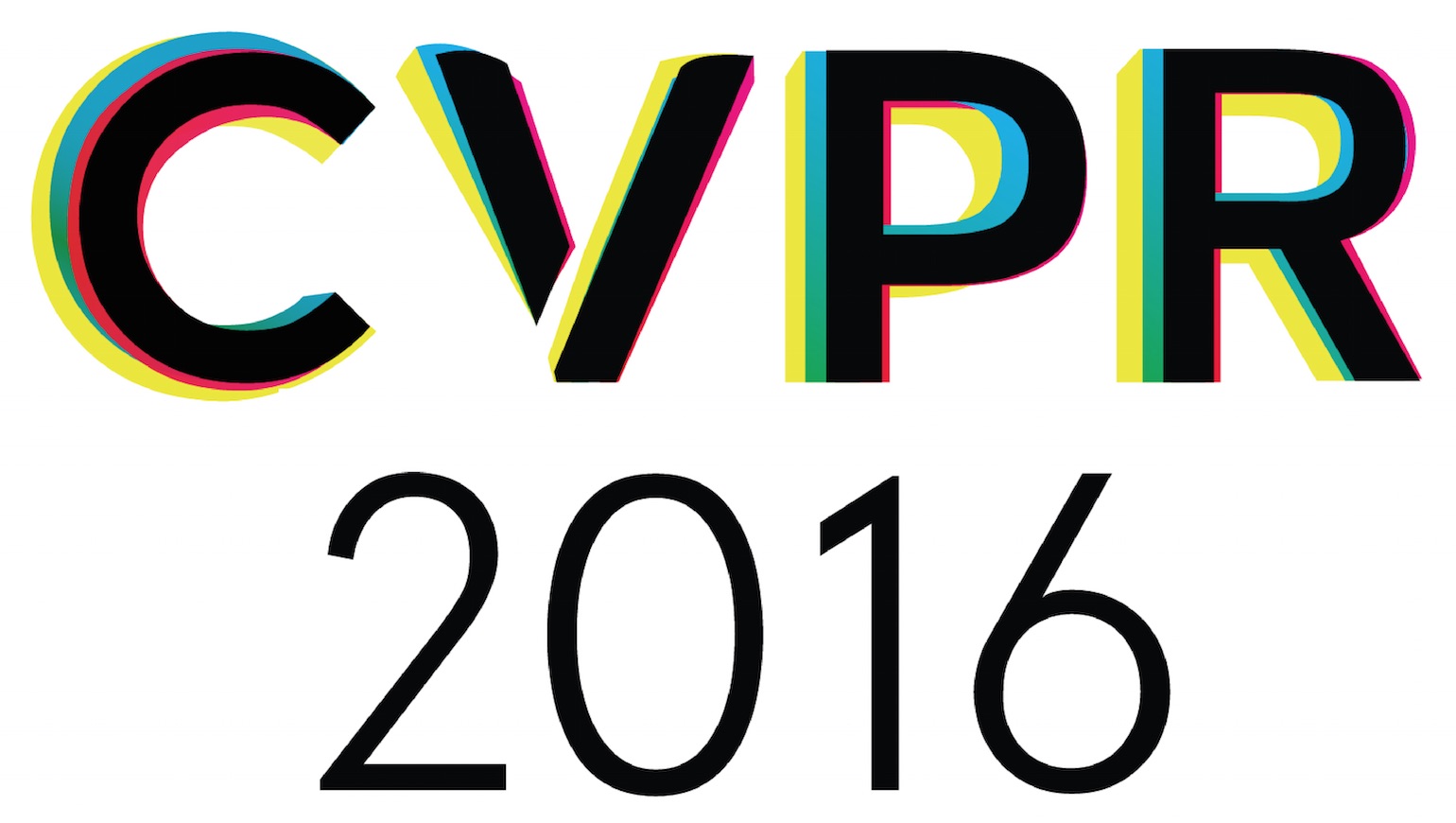-
Multicamera Calibration From Visible and Mirrored Epipoles
AbstractMulticamera rigs are used in a large number of 3D Vision applications, such as 3D modeling, motion capture or telepresence and a robust calibration is of utmost importance in order to achieve a high accuracy results. In many practical configurations the cameras in a rig are arranged in such a way, that they can observe each other, in other words a number of epipoles correspond to the real image points. In this paper we propose a solution for the automatic recovery of the external calibration of a multicamera system by enforcing only simple geometrical constraints, arising from the epipole visibility, without using any calibration object, such as checkerboards, laser pointers or similar. Additionally, we introduce an extension of the method that handles the case of epipoles being visible in the reflection of a planar mirror, which makes the algorithm suitable for the calibration of any multicamera system, irrespective of the number of cameras and their actual mutual visibility, and furthermore we remark that it requires only one or a few images per camera and therefore features a high speed and usability. We produce an evidence of the algorithm effectiveness by presenting a wide set of tests performed on synthetic as well as real datasets and we compare the results with those obtained using a traditional LED-based algorithm. The real datasets have been captured using a multicamera Virtual Reality (VR) rig and a spherical dome configuration for 3D reconstruction.
Related Material
[pdf] [supp][bibtex]@InProceedings{Bushnevskiy_2016_CVPR,
author = {Bushnevskiy, Andrey and Sorgi, Lorenzo and Rosenhahn, Bodo},
title = {Multicamera Calibration From Visible and Mirrored Epipoles},
booktitle = {Proceedings of the IEEE Conference on Computer Vision and Pattern Recognition (CVPR)},
month = {June},
year = {2016}
}
These CVPR 2016 papers are the Open Access versions, provided by the Computer Vision Foundation.
Except for the watermark, they are identical to the accepted versions; the final published version of the proceedings is available on IEEE Xplore.
Except for the watermark, they are identical to the accepted versions; the final published version of the proceedings is available on IEEE Xplore.
This material is presented to ensure timely dissemination of scholarly and technical work.
Copyright and all rights therein are retained by authors or by other copyright holders.
All persons copying this information are expected to adhere to the terms and constraints invoked by each author's copyright.

